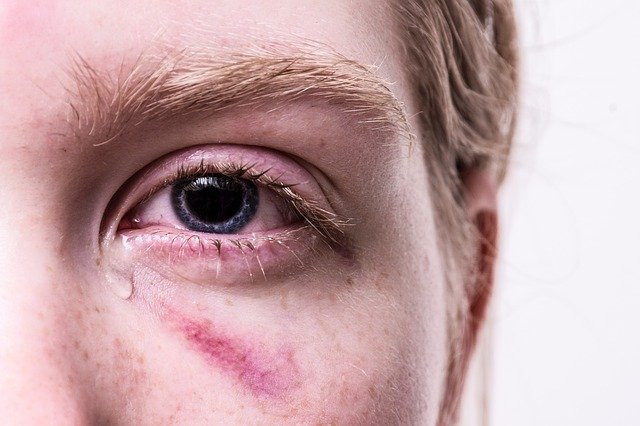Understanding Age-Related Eye Diseases

Hi, I am Betty Knight, Owner of this site! I…
Many people struggle with vision problems as they age. Unfortunately, not being able to see clearly can affect every aspect of your life. Although the most common age-related eye diseases are often associated with getting older, they can appear at any age. That’s why it is so important to get your eyes checked regularly, even if you don’t wear prescription glasses. In some cases, there are only very minor symptoms to signal issues, or, worse, you may have no warning at all.
Glaucoma
Most people associate glaucoma with the slightly uncomfortable “puff of air” test that your eye doctor performs every year. That’s because the test is used to check for increased pressure within your eyes. While increased eye pressure is not a sure sign you have or will develop glaucoma, it does indicate an increased risk.
The most common form of the disease is called isoopen-angle glaucoma. It is characterized by elevated eye pressure. Even if you have increased pressure, however, a full eye exam is needed to check for damage to the optic nerve. This can help your doctor make a definitive diagnosis.
Be on the lookout for early signs of glaucoma, such as seeing halos around lights, sudden loss of vision, or redness and pain in your eye, and alert your doctor if you notice them. If you have been told that your eye pressure is elevated, it is imperative that you get routine eye exams to see if there are any changes to the optic nerve. Glaucoma leads to peripheral vision loss and blindness if left untreated, but its symptoms can be managed and treated if it is detected early.
Cataracts
Although cataracts are often associated with getting older, they usually begin in middle age. They are easily detectable in a routine eye exam. Cataracts result from protein debris that builds up within the eye and form clumps. When enough debris builds up it forms a cataract that clouds your vision. New sensitivity to light and excessive glare or the appearance of a halo effect around lights are often early signs of cataracts. You may also notice a slightly yellowish or brown tint to your vision.
Cataract treatment options depend on the severity of the condition and how it is affecting a person’s vision. In the early stages of cataracts, people may be able to manage their symptoms with non-invasive methods such as prescription glasses or contact lenses. However, when cataracts progress to the point of significantly impacting daily life, cataract surgery may be necessary.
More than half of people who reach their 80s will develop cataracts during their lifetime. Luckily, they can be removed through a routine surgical procedure that replaces the clouded lens. Most people experience tremendous improvement in their vision after treatment. The National Eye Institute has some very useful information about what action you can take to prevent and manage cataracts.
Macular Degeneration
Age-related macular degeneration (AMD) is the result of a breakdown in an area of the retina called the macula. It causes the loss of central vision which leads to a very distorted perception of your surroundings. AMD usually occurs in people over the age of 60 and is more common in those with a family history of the disease. Many of the risk factors for AMD are lifestyle choices. Avoiding smoking, engaging in regular exercise and maintaining a healthy diet can help slow the progression of the disease.
It’s up to you to make eye health a priority in your life. Taking a few hours every year to have a regular eye exam can mean the difference between preserving or losing your sight. Watch out for early warning signs of these common conditions that are associated with aging, and call your eye doctor if you experience any of them. It may turn out to be nothing, or you may need to develop a treatment plan.
What's Your Reaction?
Hi, I am Betty Knight, Owner of this site! I am a 'nearing 30-year-old', happily married to 1 awesome man. We live in the beautiful tourist town of Franklin NY.



